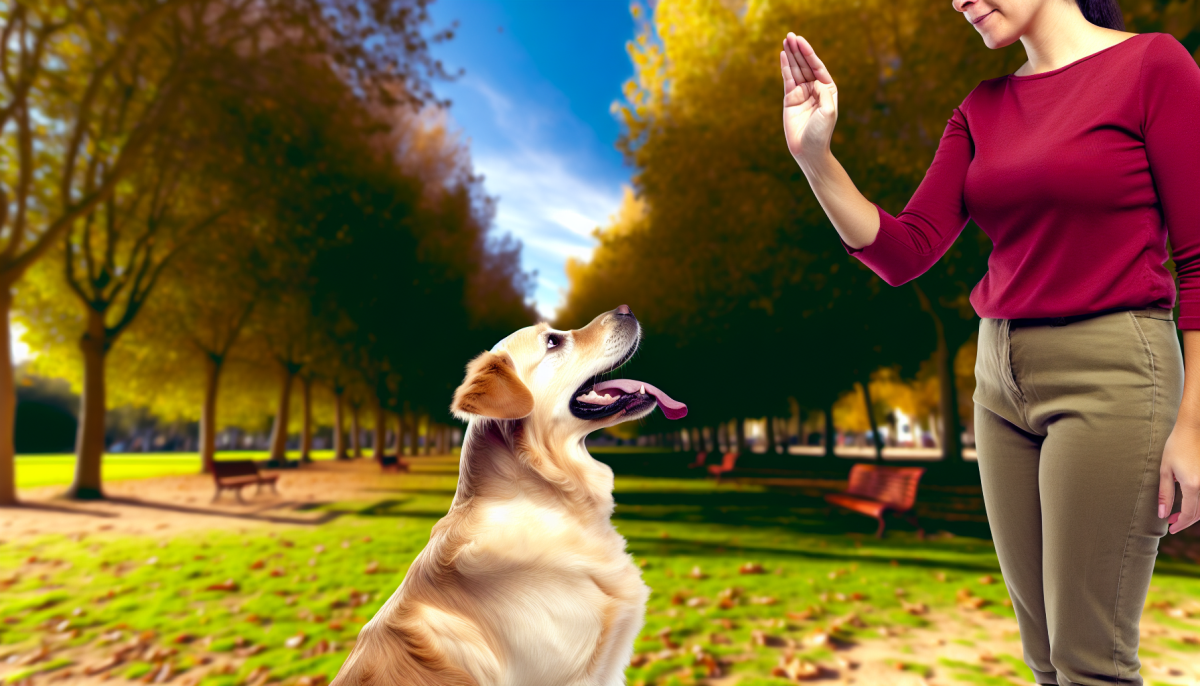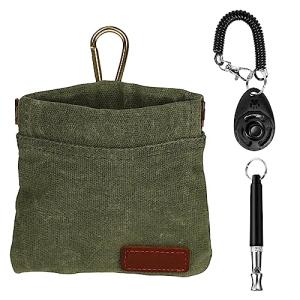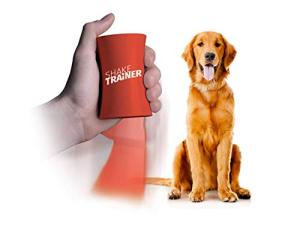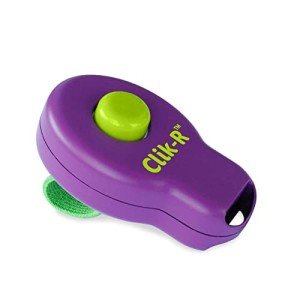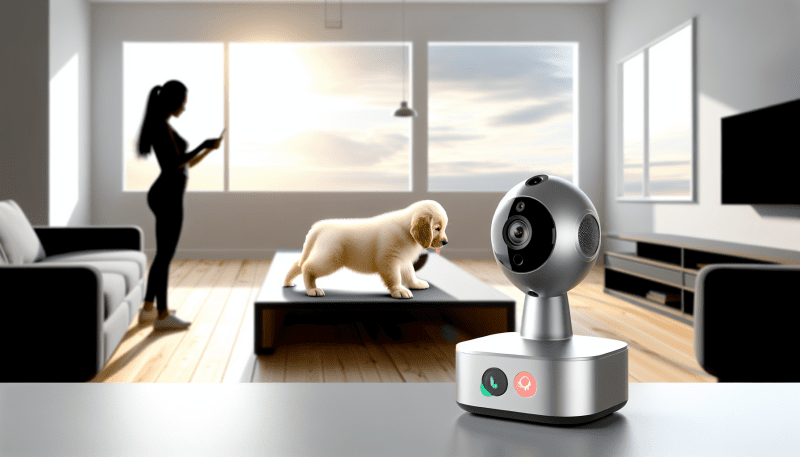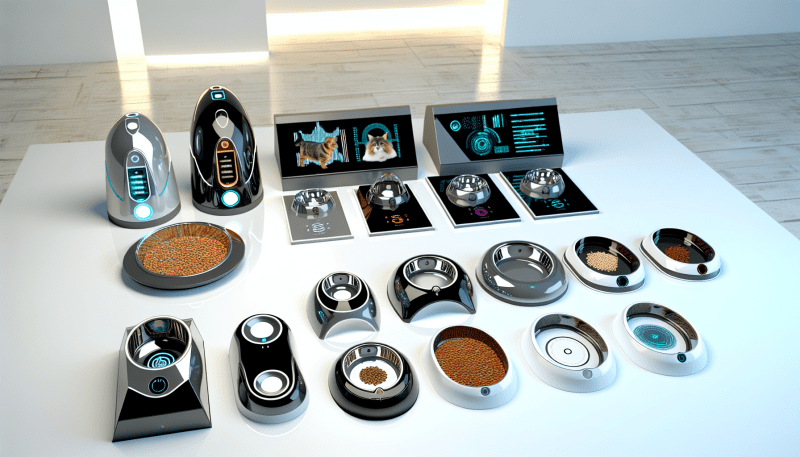When it comes to training your dog, understanding their needs is key. Dogs thrive on routine, consistency, and positive reinforcement. Just like us, they need clear communication and a sense of security to learn effectively. By recognizing what your pup wants and needs during this transition, you can make the process smoother for both of you.
First up, let's talk about motivation. While treats can be a great reward, many dogs respond just as well—if not better—to praise and affection. Pay attention to what excites your dog! Do they wag their tail when you cheer them on? That’s a sign that your encouragement is something they value. Replacing treats with verbal cues helps strengthen your bond, making training more about teamwork than a simple transaction.
Next, consider your dog's individual personality. Some pups may need a little extra patience, while others might quickly catch on to the change. Spend time observing their reactions. If they seem unsure about moving away from treats, gradually reduce the frequency of treats while increasing your verbal praise. This balance can help ease them into relying more on your words than on food.
Lastly, keep in mind that learning takes time. Celebrate the little wins and be prepared for some setbacks. If your dog is feeling unsure, it might be a signal that they need a refresher course with treats occasionally. Listen to them! The goal is to create a happy and confident learner, so adapt your approach as needed to keep them engaged and motivated.
Benefits of Verbal Cues
Using verbal cues with your pet has a ton of great benefits! First off, it helps strengthen the bond between you and your furry friend. When you use specific words or phrases consistently, your pet starts to associate those sounds with positive experiences. This connection builds trust and encourages them to pay more attention to you.
Another awesome benefit is that verbal cues can be more convenient than treats. Imagine you're out on a walk, and you need your pup to come back to you quickly. If your dog knows to respond to your voice instead of waiting for a treat, the situation becomes easier and less stressful for both of you. Plus, you don’t need to carry snacks everywhere!
Verbal cues also promote mental stimulation for your pet. Learning to listen and respond to words keeps their mind engaged, which is just as important as physical exercise. It can help improve their focus and overall behavior. The more they practice, the sharper their listening skills will become!
Finally, transitioning to verbal cues can save you money in the long run. Treats can add up, but once your pet is trained to respond to your voice, you won't need to rely on them as much. It makes training more sustainable and allows you to enjoy those moments with your pet without the added expense.
How to Start the Switch
Making the switch from treats to verbal cues can feel a bit daunting, but it's actually a fun journey for both you and your dog! Start by incorporating the verbal cues into your routine gradually. You can begin with a simple command your dog already knows, like "sit." Try giving the command without the treat, and when your dog responds correctly, shower them with praise instead.
Consistency is key. Use the same verbal command every time, so your dog learns to associate the word with the action. It helps to keep your tone upbeat and enthusiastic – your dog will respond better when they're excited! You could also pair the verbal cue with a hand signal if your dog is more visual, reinforcing the command.
To ease the transition, mix it up a bit initially. For example, reward your dog with a treat every couple of times they follow your command but also switch to your verbal praise. This way, your furry friend won’t feel like they’ve lost their rewards completely. They'll still associate good behavior with a positive outcome.
Another great tip is to practice in different environments. Once your dog gets the hang of responding to verbal cues at home, try it out in the park or during a walk. This helps reinforce their training and builds their confidence in listening to you, no matter where you are.
Lastly, be patient with your pup. Every dog learns at their own pace, so celebrate the small victories! Keep practicing, and soon enough, your dog will look to you for cues rather than treats, creating a stronger bond between you two.
Tips for Success in Training
When transitioning from treats to verbal cues, it’s essential to keep the training process smooth and enjoyable for your furry friend. Here are some handy tips to help you succeed:
Remember, patience is key. Each pet learns at their own pace, so give them the time they need to adapt to this new way of communicating with you. The bond you’re building during this process is what really matters!
